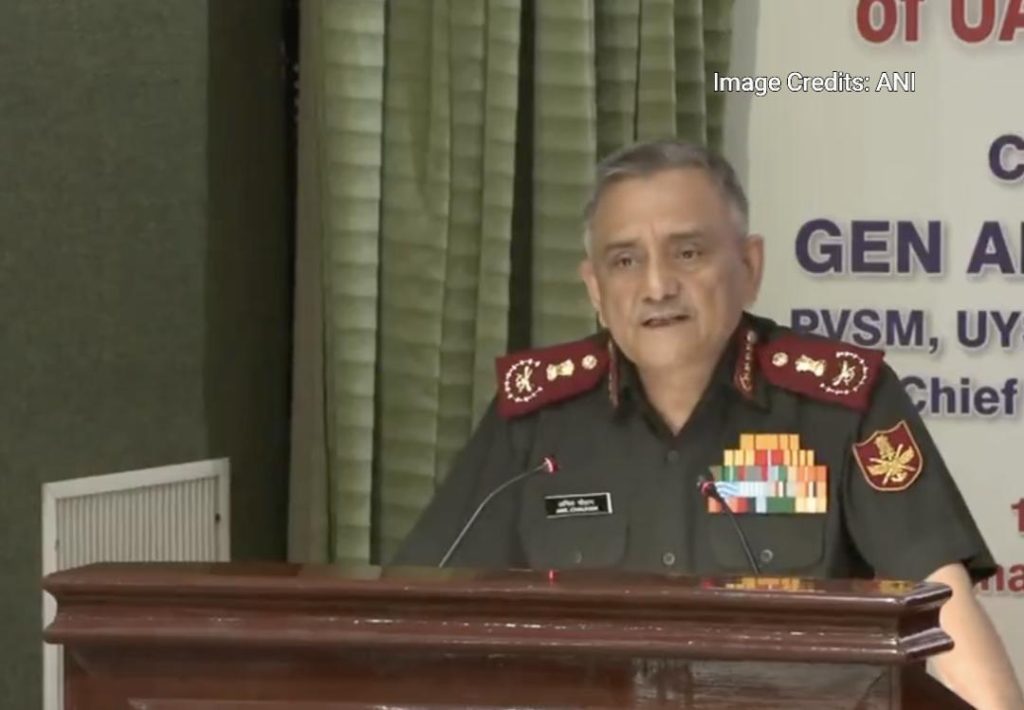
Pak used unarmed drones & loitering munitions: CDS Anil Chauhan
In an exclusive revelation, Chief of Defence Staff (CDS) General Anil Chauhan disclosed that Pakistan deployed unarmed drones and loitering munitions during the recent conflict in May. Speaking on the matter, General Chauhan stated that the unmanned aerial vehicles (UAVs) and loitering munitions used by Pakistan did not inflict any damage to the Indian military or civil infrastructure. Instead, most of them were neutralized through a combination of kinetic and non-kinetic means.
General Chauhan’s statement is a significant revelation, as it suggests that Pakistan’s military strategy in the recent conflict was focused on deploying non-lethal or lightly armed drones and loitering munitions. This tactic is often employed by countries to gather intelligence, conduct reconnaissance, or even disorient enemy forces without causing significant damage.
According to General Chauhan, some of the drones and loitering munitions deployed by Pakistan were even recovered in almost intact conditions, indicating that they were not equipped with explosive payloads or other destructive capabilities. This further reinforces the idea that Pakistan’s primary objective was to gather intelligence or disrupt Indian military operations rather than causing significant harm.
The use of unarmed drones and loitering munitions by Pakistan is not unprecedented. In recent years, there have been several instances where Pakistan has deployed these types of UAVs along the Line of Control (LoC) and the International Border (IB) with India. However, the recent conflict in May marked a significant escalation in the use of these weapons, with reports suggesting that Pakistan deployed hundreds of drones and loitering munitions across the border.
It is worth noting that the Indian military has been at the forefront of developing counter-drone capabilities to neutralize the threat posed by Pakistan’s UAVs and loitering munitions. In recent years, the Indian armed forces have deployed a range of counter-drone systems, including jamming devices, laser-guided missiles, and interceptors.
General Chauhan’s statement is a testament to the effectiveness of these counter-drone capabilities, which have enabled the Indian military to neutralize the threat posed by Pakistan’s drones and loitering munitions. The CDS’s revelation also underscores the importance of developing advanced counter-drone technologies to counter the evolving threat posed by enemy drones and loitering munitions.
The recent conflict in May was marked by several other significant developments, including the use of advanced military technologies by both India and Pakistan. The Indian military deployed a range of advanced weapons systems, including ballistic missiles, fighter jets, and artillery guns, to respond to Pakistan’s aggression. In turn, Pakistan deployed its own arsenal of weapons, including fighter jets, ballistic missiles, and artillery guns, to counter the Indian military’s advances.
Despite the escalation in violence, the conflict in May ended with a decisive victory for India, with Pakistan suffering significant losses and its military infrastructure taking a beating. The conflict also highlighted the importance of diplomacy and dialogue in resolving conflicts, with both India and Pakistan engaging in high-level talks to de-escalate tensions and restore peace along the border.
In conclusion, General Anil Chauhan’s statement on Pakistan’s use of unarmed drones and loitering munitions during the recent conflict in May is a significant revelation that sheds light on the evolving nature of modern warfare. The use of these weapons by Pakistan underscores the importance of developing advanced counter-drone capabilities to neutralize the threat posed by enemy drones and loitering munitions.
As the world grapples with the challenges posed by modern warfare, it is clear that the use of drones and loitering munitions will continue to play a significant role in future conflicts. Therefore, it is essential for countries to invest in the development of advanced counter-drone technologies and strategies to counter the evolving threat posed by enemy drones and loitering munitions.
Source:






